HPE Builds Blue Lion Direct Liquid Cooled Supercomputer at the Leibniz Supercomputing Center
The
Leibniz Supercomputing Center (LRZ) of the Bavarian Academy of Sciences and
Humanities has commissioned Hewlett Packard Enterprise (HPE) to build its next
high-performance computer, called "Blue Lion".
From 2027 on, Blue Lion will support cutting-edge research in
Bavaria and, as a system of the Gauss Center for Supercomputing (GCS), will
also be used for outstanding national science projects. The contracts were
signed on December 13, 2024. The total costs of 250 million euros are shared by
the Federal Ministry of Education and Research (BMBF) and the Bavarian State
Ministry of Science and the Arts (StMWK).
Flexible architecture for different applications
The architecture of the new high-performance computer is
designed to execute and combine classic workflows from modeling and simulation
with artificial intelligence (AI) methods. More and more researchers are
relying on surrogate models for their modelling of flows, turbulence or climate
events, for which classic simulation calculations are combined with pattern
recognition or statistical data analysis. This allows them to calculate more
scenarios in less time or expand models with more complex calculations.
To support these workflows, Blue Lion leverages
next-generation HPE Cray technology featuring next-generation accelerators and
processors from NVIDIA. The system will also deliver fast data transfers
between Blue Lion's compute and storage units through HPE Slingshot, a
high-performance interconnect that transfers 400 gigabits of data per second
and allows jobs to scale across the entire system. LRZ will also gain
purpose-built system management capabilities with HPE Performance Cluster
Management, a software management tool that allows LRZ to efficiently monitor
and manage the great scale of the supercomputer.
With the latest cutting-edge technologies, Blue Lion gains
more performance and scale to deliver around 30X more computing power, compared
to SuperMUC-NG, the current LRZ high-performance computer.
New programming needed
The interaction of GPU accelerators and CPU cores in
high-performance computers such as Blue Lion requires a new way of programming
software and algorithms. This is enabled by the HPE Cray Programming
Environment, which helps migrate science code to the new system. To enable
users to use the accelerated hardware of the supercomputer efficiently, LRZ and
HPE will offer workshops and courses starting in 2025, helping researchers to
optimize and port their applications. In addition, LRZ plans to closely cooperate
with the European team from Hewlett Packard Labs, and LRZ will also increase
its support team by 50 percent by the time Blue Lion goes into operation.
Efficient and quiet
In the future, it will be much quieter in the Twin Cube of
the LRZ: Blue Lion will employ 100 percent direct liquid cooling where 40°C
warm water flows through the racks in copper pipes. The water-cooling system
allows the waste heat from the system to be reused - the LRZ already uses waste
heat from its current supercomputer to heat its offices and could in future
supply other organizations in the neighborhood. Direct liquid cooling reduces
operating costs and carbon dioxide emissions. Blue Lion also requires less
space because server cabinets can be packed much more densely.
"Procuring
a new supercomputer takes work, but it's incredibly exciting. We can already
take a look into the future of supercomputing. This increases the anticipation
and even more the excitement of how the scientific community will use this
system to make even better progress into new realms of knowledge. After all,
it's not about having the fastest supercomputer, but about providing the best
possible support for cutting-edge research with our high-performance
infrastructure," said Prof. Dieter Kranzlmüller, Head of the Leibniz
Supercomputing Center.
"Supercomputing plays a pivotal role for progress in
science and society, as well as for national competitiveness. LRZ's Blue Lion
is another big step to reinforce Germany's position as a leading region for
supercomputing and AI innovation. Blue Lion will significantly advance LRZ's
computing capacity and also position them in a cutting-edge position with
next-generation technologies that will set new standards for the future of
supercomputing," said Heiko Meyer, Executive Vice President and Chief
Sales Officer, Hewlett Packard Enterprise.
"The advancement of supercomputing, with a focus on
energy efficiency and sustainability, is essential for pushing the boundaries
of scientific discovery and innovation. Blue Lion, powered by NVIDIA's next-gen
accelerators and processors, will help researchers tackle complex challenges
across multiple disciplines, from astrophysics to life sciences," said
John Josephakis, Global VP of Sales and Business Development for HPC and
Supercomputing, NVIDIA.



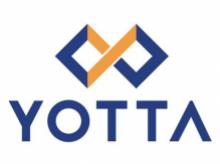

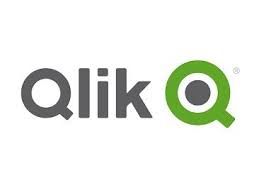








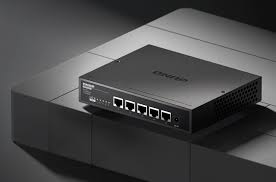
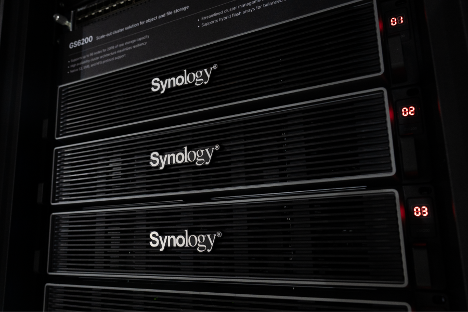














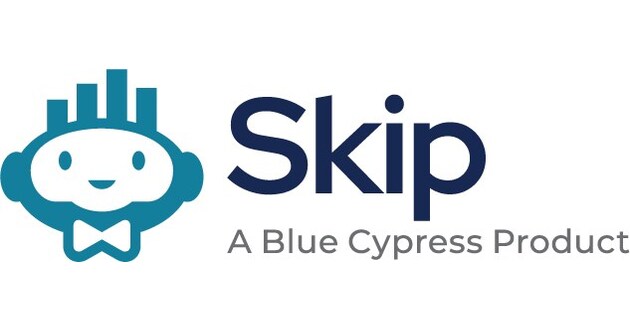



Leave A Comment